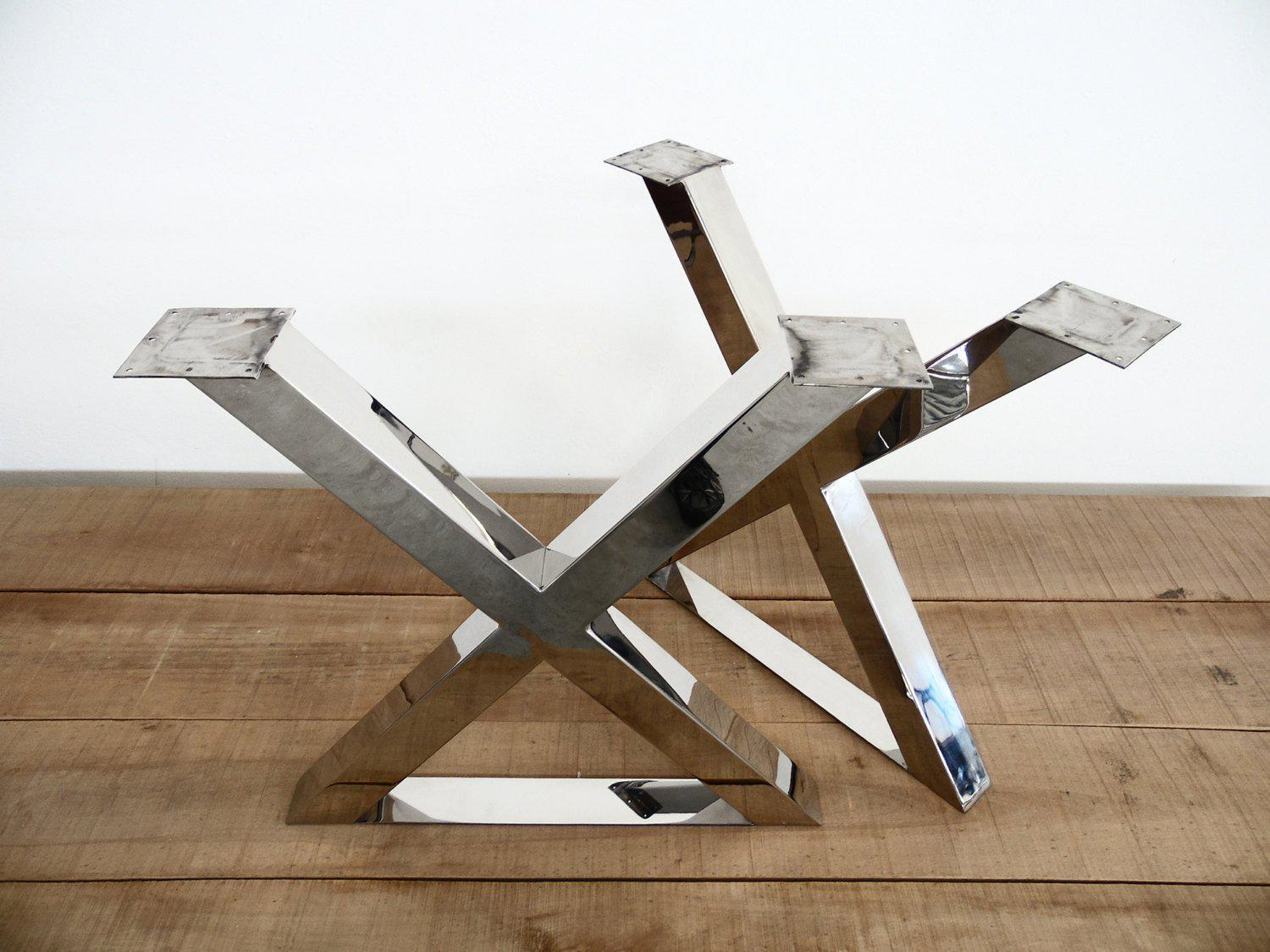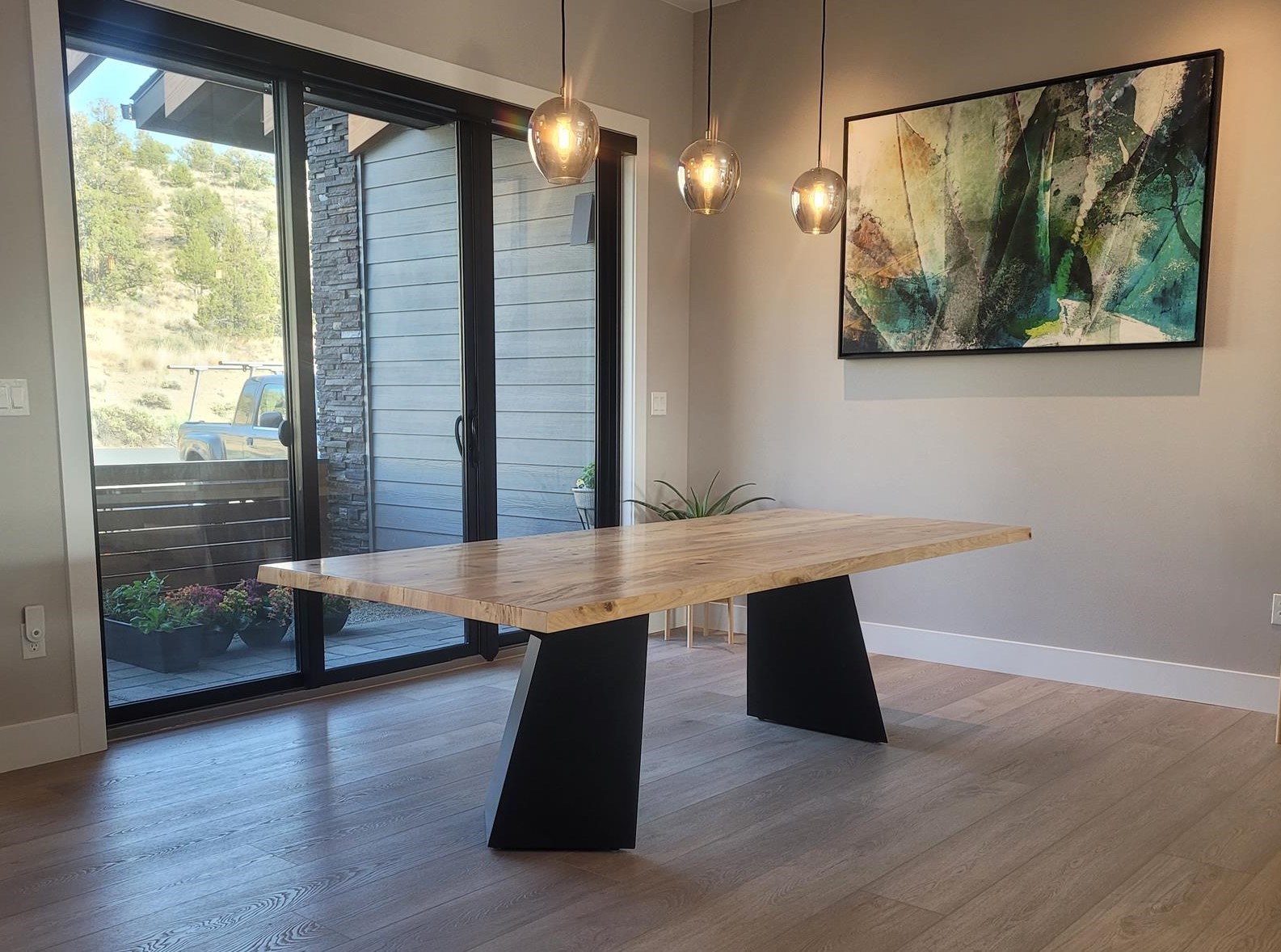Choosing the Perfect Table: What Styles Work Best for Your Home?
Selecting the excellent table for your home can be a nuanced procedure that balances visual appeals and capability. Whether your space leans in the direction of conventional style, contemporary minimalism, rustic beauty, or industrial chic, the range of styles readily available can cater to varied preferences. Each style supplies distinct advantages and challenges that can either boost or disrupt your eating location's harmony. Recognizing how different products, shapes, and sizes connect with your existing design is critical. To navigate these options effectively and discover a table that genuinely complements your home, think about the adhering to aspects carefully.
Evaluating Your Area
Reviewing the measurements and layout of your dining area is an important primary step in picking the excellent dining table. Begin by measuring the length and size of the area, making up entrances, home windows, and other building attributes that can affect table positioning. This guarantees that your table not just fits but also enables comfy movement around it.
Consider the number of individuals you commonly delight. A table should suit your house's day-to-day demands while supplying enough adaptability for periodic guests. As a policy of thumb, designate at the very least 24 inches of table size per individual to make certain a comfy eating experience.
It's additionally important to maintain appropriate clearance around the table. Preferably, there must be at the very least 36 inches between the table side and walls or various other furnishings, making it possible for simple gain access to and motion. For rooms where chairs with arms or additional storage space devices like buffets are included, boosting this clearance to 48 inches is recommended.
Lighting and atmosphere play substantial functions as well. Guarantee that your eating table lines up with existing lighting fixtures or prepare for ample illumination services. This comprehensive spatial evaluation guarantees that your table not only fits literally however also balances with your room's general functionality and visual.
Popular Table Styles

Conventional dining tables typically feature elaborate details, curved legs, and abundant timber surfaces, stimulating a feeling of ageless beauty. They are ideal for homes with classic decor or those seeking to include a touch of refinement to their eating area.
Modern eating tables focus on simplicity and clean lines, often including products like glass and metal. These tables are excellent for contemporary rooms, providing a streamlined and clean look that complements minimal design viewpoints.
Rustic table, on the various other hand, highlight natural products and a handcrafted look - dining room table legs. They commonly feature recovered wood and a troubled surface, developing a warm and welcoming environment. These tables work well in farmhouse-style homes or those looking for a comfy, organic feeling
Industrial dining tables combine resources such as metal and timber, often showcasing a practical aesthetic. This design is appropriate for loft spaces or metropolitan rooms, adding a touch of sturdy appeal and resilience to the eating experience.
Each design provides distinct advantages, making it essential to choose one that straightens with your home's total design and your individual preferences.
Product Selections
When choosing an eating table, the choice of product plays an essential duty in establishing both the table's appearances and functionality. Wood, steel, glass, and composite materials each offer special advantages and challenges, making it essential to line up the material with your home's design and way of living requirements.
Timber is a classic and versatile choice, readily available in varieties such as oak, walnut, and mahogany. Understood for its longevity and warmth, wood matches both standard and modern interiors. It calls for normal upkeep to avoid scrapes and warping.
Metal tables, often crafted from stainless steel, aluminum, or wrought iron, are praised for their modern charm and toughness. They are especially fit for industrial or minimalist settings however can be susceptible to dents and might really feel cool to the touch.
Glass table bring an air of style and visibility, perfect for smaller sized areas as they produce an illusion of more room. While very easy to clean, glass can be vulnerable to smudges and requires careful handling to avoid chips and cracks.
Composite materials, such as MDF and plywood, deal cost-efficient and personalized remedies, though they might lack the longevity of all-natural materials. Selecting the right product ensures your dining table is both a useful property and a visual delight.
Forming and Size Factors To Consider
After identifying the suitable material for your dining table, the following consideration is picking the right form and dimension to fit your room. Alternatively, round tables cultivate a sense of affection and are excellent for smaller eating locations, motivating conversation by removing edges and making everybody really feel just as included.
As a policy of thumb, designate at the very least 24 inches of table size per individual to ensure comfortable eating. Additionally, consider the table's clearance this hyperlink space: there should be at Home Page least 36 inches in between the table side and the wall surfaces or various other furnishings. Expanding tables supply adaptability if you regularly hold larger gatherings, providing additional seating when needed without occupying added room daily.
Matching Your Decoration
Choosing a dining table that integrates with your existing decoration is pivotal in developing a cohesive and inviting area. Begin by evaluating your current indoor design style, whether it be modern, conventional, rustic, or eclectic. The dining table must complement the total aesthetic, not complete with it. A streamlined, minimalist table with tidy lines is perfect for a contemporary home, while a vintage, luxuriant table suits a much more traditional setup.
If your design includes cozy tones and all-natural materials, consider a wooden table to improve the natural feeling. Alternatively, a glass or steel table might be more appropriate in an area dominated by great shades and commercial components.
Structure plays a vital duty. A rough-hewn, redeemed timber table can include character to a rustic room, while a sleek marble surface area can raise a lavish eating location. Finally, consider the scale and proportion of the table in relation to the area dimension and existing furnishings. A well-matched table not just improves visual appeal yet additionally improves the general dining experience.

Final Thought
Choosing the suitable eating table necessitates careful consideration of area, design, products, shape, and size. Conventional tables complement classic insides with rich timber finishes, while modern tables match modern setups view website with glass and metal.